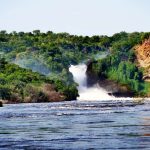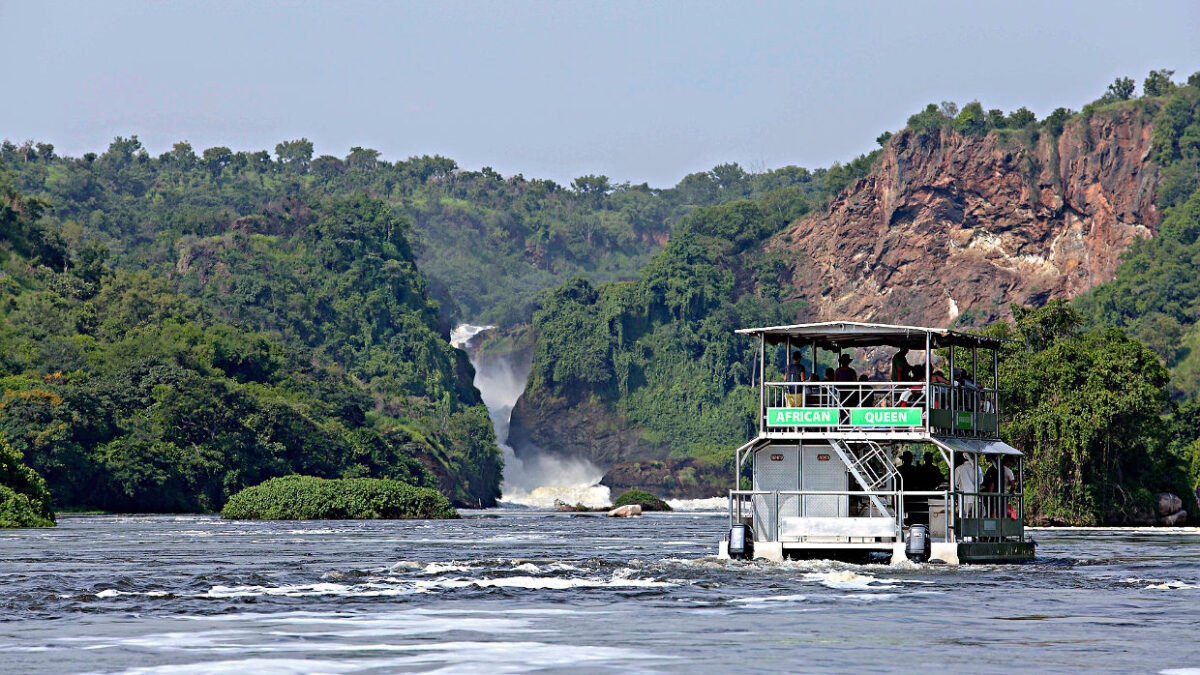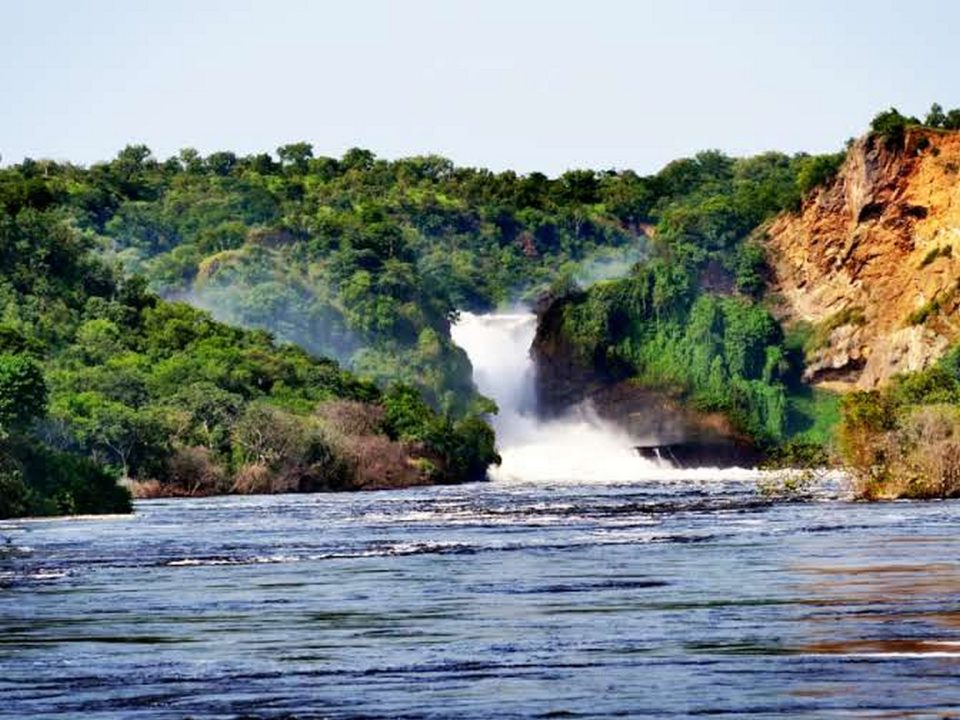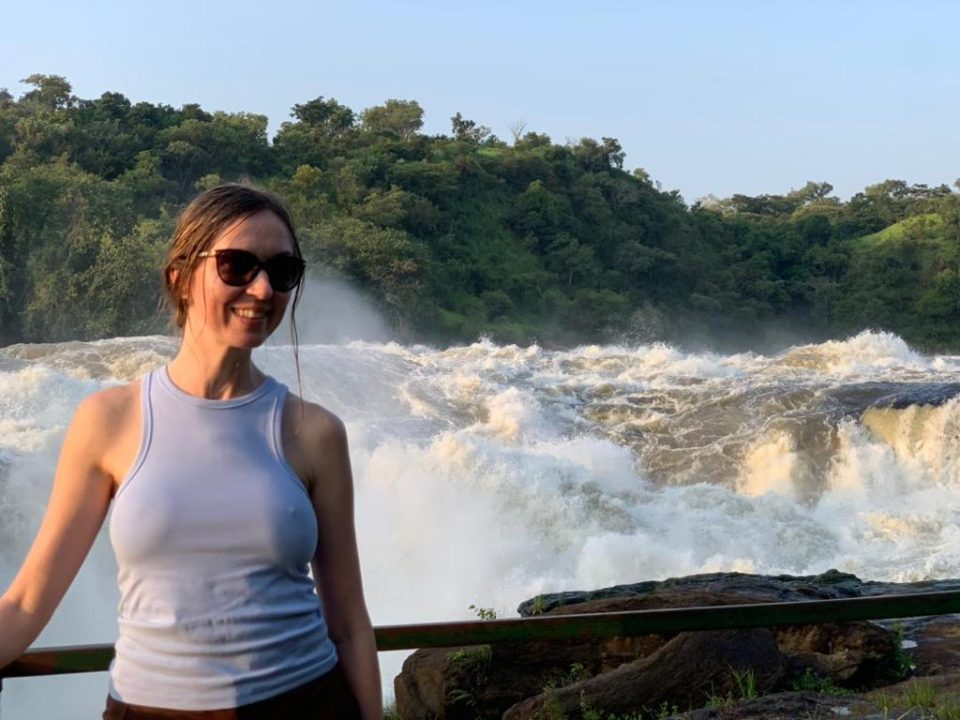
How Murchison Falls National Park is Protecting Its Wildlife?
April 4, 2025Are There Any Community Initiatives Around Murchison Falls National Park?
Are There Any Community Initiatives Around Murchison Falls National Park? Murchison Falls National Park, located in the northwest of Uganda, is one of the country’s most important conservation areas, known for its stunning landscapes, wildlife, and rich biodiversity. The park, with its iconic Murchison Falls where the Nile River forces its way through a narrow gorge, is home to an array of wildlife species, including the Big Four (lion, elephant, giraffe, and buffalo), along with a vast variety of birds, primates, and other creatures. As Uganda’s largest national park, Murchison Falls is vital not only for conservation but also for tourism, contributing significantly to the national economy. However, preserving this natural treasure is not solely the responsibility of park authorities. The success of conservation efforts at Murchison Falls largely depends on the collaboration between Uganda Wildlife Authority (UWA) and the local communities surrounding the park.
In this comprehensive write-up by Deks Safaris and Tours Ltd., we explore the numerous community initiatives around Murchison Falls National Park that support conservation, provide sustainable livelihoods, and foster long-term collaboration between the park and the neighboring communities. These initiatives include eco-tourism ventures, conservation awareness programs, conflict mitigation strategies, and projects aimed at improving the well-being of local populations.
The Importance of Community Engagement in Conservation Efforts
Community involvement is central to the success of conservation strategies in and around Murchison Falls National Park. Historically, national parks and wildlife reserves were perceived as areas that were to be protected from human influence, often leading to a disconnect between park authorities and local populations. However, in recent years, it has become increasingly clear that involving local communities in conservation efforts is not only more effective but also crucial to ensuring the long-term protection of wildlife and ecosystems.
Local communities surrounding Murchison Falls often rely on the park’s resources for their livelihoods. Unfortunately, this dependence can sometimes result in practices that threaten the park’s biodiversity, such as poaching, illegal logging, or encroaching on park land for farming. For conservation to be successful, communities must be engaged in a way that benefits both the wildlife and the people living around the park. This has led to a series of initiatives aimed at balancing the needs of both conservation and community development.
Eco-Tourism and Livelihood Support
One of the most effective ways to promote community involvement in conservation is through eco-tourism. Murchison Falls National Park is a major tourist destination, attracting visitors from all over the world who come to witness its spectacular wildlife, including elephants, lions, giraffes, and the stunning Murchison Falls themselves. Eco-tourism has become a significant source of revenue for the park and local communities, providing economic opportunities that encourage the protection of the park’s resources.
Through the support of Uganda Wildlife Authority (UWA) and local community organizations, a number of community-run eco-tourism initiatives have been established in and around Murchison Falls. These initiatives provide local communities with a direct stake in the park’s success and sustainability.
Community-Based Lodges and Guesthouses
One key example of community-driven eco-tourism initiatives is the development of community-run lodges and guesthouses around Murchison Falls. These businesses provide local people with jobs as lodge staff, tour guides, and cultural performers. By staying in these accommodations, tourists directly contribute to the local economy, creating an incentive for communities to engage in sustainable practices rather than illegal activities that threaten the park’s wildlife.
Additionally, the revenue generated from these lodges and guesthouses is reinvested into local projects such as infrastructure development, education, healthcare, and agricultural support. This creates a cycle of economic growth where both the environment and the people around the park benefit.
Community Tours and Cultural Experiences
Another successful initiative involves offering tourists cultural experiences and guided tours led by local residents. Tourists are given the opportunity to learn about the customs, traditions, and livelihoods of local communities through village tours, handicraft sales, and interactive cultural displays. These experiences not only provide economic opportunities but also help preserve the cultural heritage of the region.
By involving local communities in the tourism process, Murchison Falls National Park helps foster a sense of ownership and pride among residents. When people feel that they benefit directly from conservation, they are more likely to become active participants in protecting the park and its wildlife.
Human-Wildlife Conflict Mitigation
One of the most pressing challenges for communities living near Murchison Falls National Park is human-wildlife conflict. As wildlife such as elephants, buffaloes, and lions move beyond park boundaries in search of food and water, they often come into contact with local farming communities. These interactions can lead to crop destruction, property damage, and even loss of life, creating resentment toward the park and its conservation efforts.
To address this issue, a number of community-based conflict mitigation programs have been established. Uganda Wildlife Authority and local organizations work closely with residents to find solutions that reduce human-wildlife conflict while ensuring the safety of both people and animals.
Compensation Schemes
One effective measure is the implementation of compensation schemes. When elephants or other wildlife cause damage to crops or property, affected families are compensated for their losses. This helps to reduce the economic burden on communities and fosters goodwill toward conservation efforts. The compensation program is designed to provide an incentive for locals to report conflicts with wildlife rather than taking matters into their own hands, which could involve retaliatory killing of animals.
Fencing and Crop Protection
In addition to compensation, UWA has worked with communities to build physical barriers such as elephant-proof fences and ditches to keep wildlife out of farmland. These measures have proven to be effective in preventing animals from wandering into agricultural areas, where they could damage crops or cause harm to people. Farmers are also provided with training on how to use non-lethal methods to protect their crops from wildlife, such as using chili pepper and beehive fences.
These strategies are vital in maintaining peaceful coexistence between the park’s wildlife and local communities, ultimately reducing the pressure on the park’s resources and minimizing human-wildlife conflict.
Conservation Education and Awareness
Education and awareness programs are essential components of any community-driven conservation strategy. By educating local populations about the importance of wildlife conservation and sustainable land use practices, these initiatives help create long-term change in attitudes and behaviors.
Schools and Local Outreach Programs
UWA and local NGOs collaborate to provide educational programs in schools surrounding Murchison Falls National Park. These programs teach young people about the value of wildlife and the role that conservation plays in the overall health of the environment. Schoolchildren are introduced to the importance of preserving biodiversity and are encouraged to become ambassadors for conservation in their communities.
In addition to school-based programs, UWA conducts outreach campaigns to inform adults in the community about the benefits of protecting the park’s wildlife. Workshops and community meetings focus on topics such as sustainable agriculture, the economic value of eco-tourism, and the dangers of poaching and illegal hunting.
Collaborative Conservation with Other Stakeholders
The success of these community initiatives depends on the collaboration between UWA, local government bodies, conservation organizations, and community members. These stakeholders work together to design and implement programs that address the needs of local people while ensuring that conservation goals are met.
For instance, conservation organizations like Wildlife Conservation Society (WCS) and World Wildlife Fund (WWF) partner with UWA to fund community development projects, provide technical support, and implement best practices in conservation. These partnerships enhance the effectiveness of community programs and ensure that the benefits of conservation are shared equitably.
The Impact of Murchison Falls Community Initiatives on Conservation
The community initiatives around Murchison Falls National Park have had a significant positive impact on both conservation and the well-being of local people. By providing alternative livelihoods, reducing human-wildlife conflict, and fostering a sense of ownership and pride, these initiatives have helped to create a more sustainable balance between wildlife protection and community development.
Additionally, the success of these initiatives is closely tied to the broader conservation efforts in Uganda. For example, tourists who visit Murchison Falls for eco-tourism experiences are often encouraged to continue their travels to Bwindi Impenetrable Forest for gorilla trekking, where their entrance fees contribute to the protection of the endangered mountain gorillas and other wildlife in Uganda. The synergy between Murchison Falls and Bwindi in promoting conservation through tourism highlights the interconnectedness of Uganda’s protected areas and the importance of community participation in safeguarding these resources.
Conclusion: The Future of Community Involvement Around Murchison Falls
As Murchison Falls National Park continues to be a vital destination for both wildlife and people, the importance of community initiatives cannot be overstated. Through sustainable eco-tourism, conflict mitigation, education, and collaboration, local communities play a crucial role in ensuring the long-term protection of the park’s natural resources.
At Deks Safaris and Tours Ltd., we are proud to support these community-driven conservation efforts by promoting responsible tourism that benefits both wildlife and the people of Uganda. By engaging with local communities and supporting conservation initiatives, we can all contribute to a more sustainable future for Murchison Falls National Park and the communities that surround it. The success of these efforts demonstrates that conservation is most effective when it is a shared responsibility between park authorities, local people, and international stakeholders.





